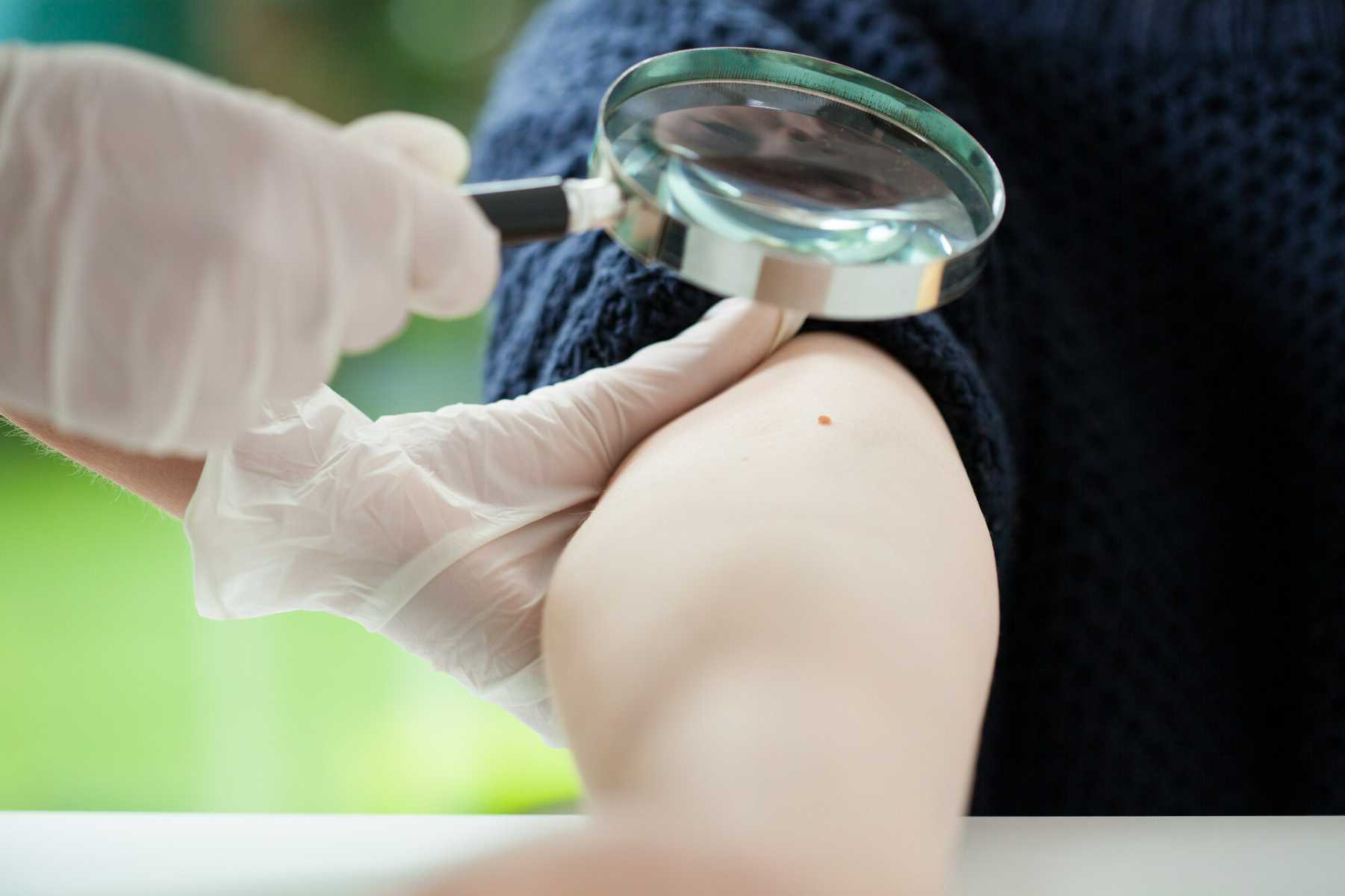Melanoma: One of the Most Treatable Types of Cancer

The American Cancer Society estimates that nearly 100,000 new melanomas will be diagnosed. Although more than 7,000 people are estimated to die from melanoma, it's one of the most treatable types of cancer with the greatest success rates. The five-year survival rate of someone diagnosed with melanoma is 93%.
The sooner melanoma is found and treated, the greater your chances of complete remission and long-term survival are. Continue reading to learn melanoma causes and symptoms. Also, learn how a dermatologist in Orange City, FL, can help with this form of cancer.
Melanoma Causes
Melanoma is the most dangerous type of skin cancer because it can grow rapidly and spread to any organ. Although melanoma accounts for only a small percentage of skin cancers, it's one of the most common cancer types in men and women under 30.
The most common causes of melanoma are excessive exposure to sunlight or UV radiation from tanning beds. Having fair skin, blond hair, red hair, blue eyes, or freckles can increase your risk of developing skin cancer. Additionally, having a personal or family history may also increase your risks.
Melanoma Signs and Symptoms
The American Academy of Dermatology uses a simple-to-remember "ABCDE" to learn the warning signs of melanoma. This acronym applies to spots on your skin to determine whether a professional should look at them. The meaning behind ABCDE is below, but if you ever have any doubts about whether to get a professional opinion, it's better to be safe than sorry.
A: Asymmetry
An asymmetrical mole or skin spot is different on either side. Most benign spots will be circular, with each side matching the other.
B: Border
The borders of melanoma aren't smooth but instead bumpy or uneven. Benign spots generally have smooth edges.
C: Color
If the color is mottled or uneven, it may indicate melanoma. Pink is a typical color for benign spots. However, melanomas may have shades of red, gray, brown, or black.
D: Diameter
Tiny spots about the size of freckles are generally nothing to worry about. However, a professional should look any spot larger than the tip of a pencil eraser.
E: Evolving
Most moles or skin spots will remain the same size, with little growth. If a spot is new, growing in size, or changing in any form, you'll want to get it looked at.
Melanoma Diagnosis and Treatment
Melanoma diagnosis begins with a physical examination. If your doctor suspects skin cancer, they'll remove the mole or skin spot for a biopsy. The biopsy will conclusively tell the doctor whether the site is cancerous or benign.
Melanoma treatment usually begins with surgery to remove the affected area. During removal, the lymph nodes near the diagnosis spot may also be removed if it's determined cancer has spread. Radiation therapy and immunotherapy may also be necessary.
Do You Need Melanoma Treatment From a Dermatologist in Orange City, FL?
If you or a loved one need melanoma treatment from a dermatologist in Orange City, FL, we're here to help. Call us today at (386) 256-1969 or email us at info@skinderm.org. One of our associates can answer any questions and schedule a consultation appointment if desired.
Latest Blog Posts



